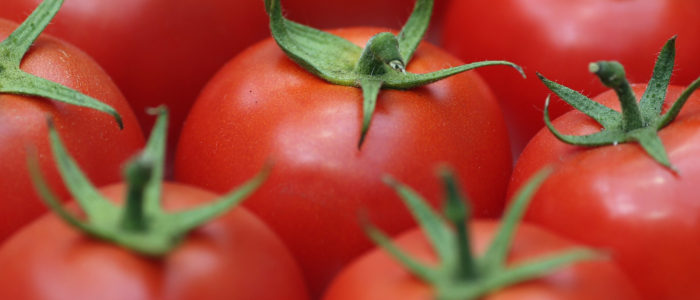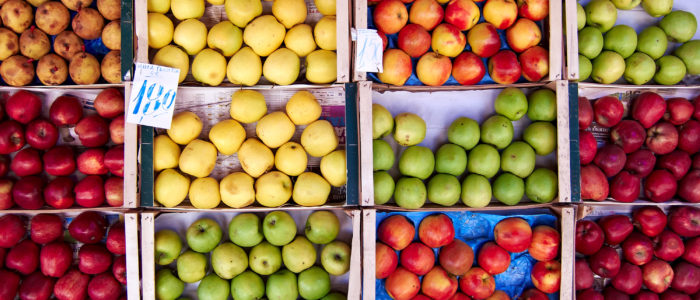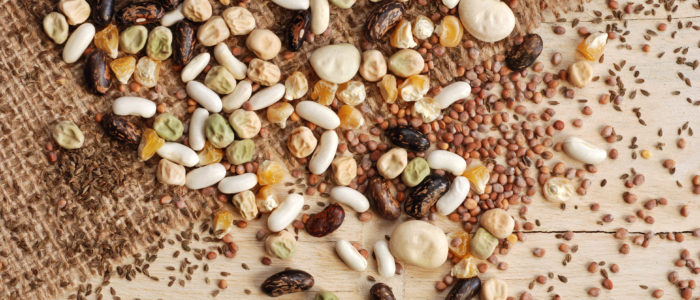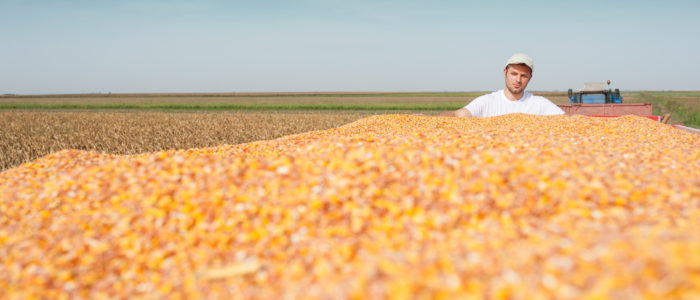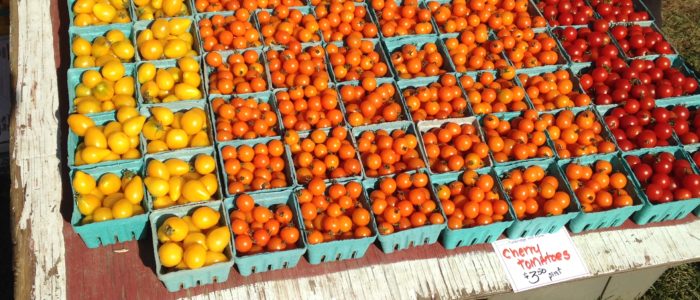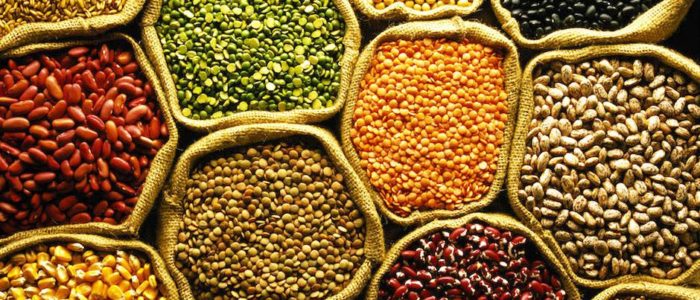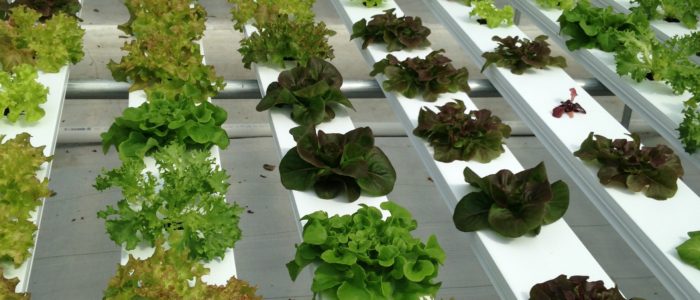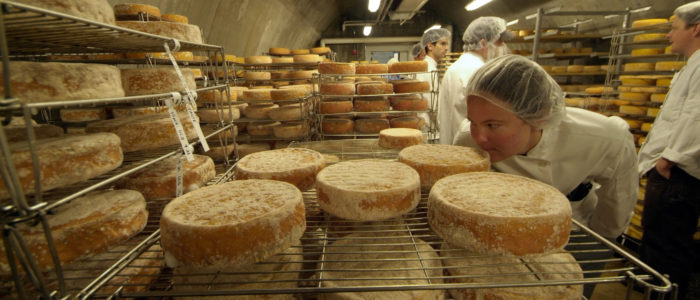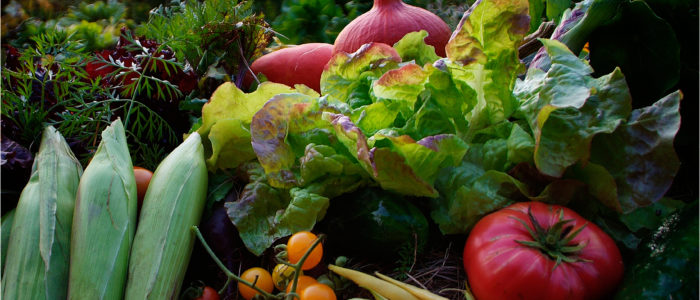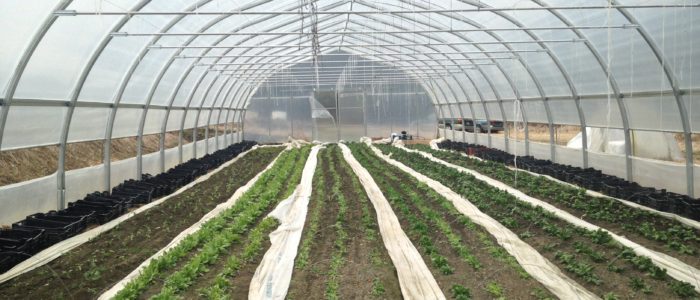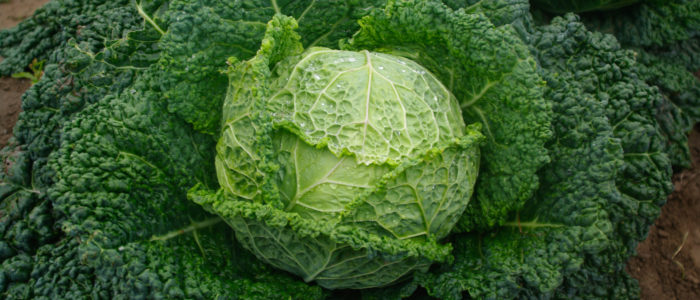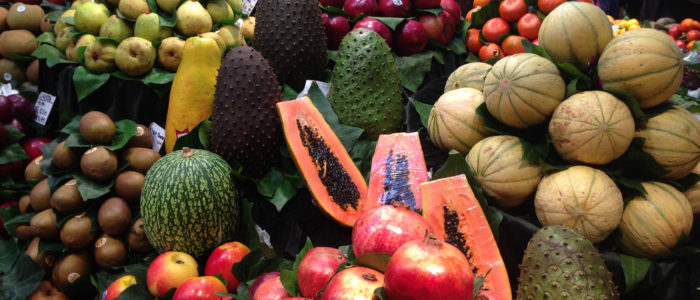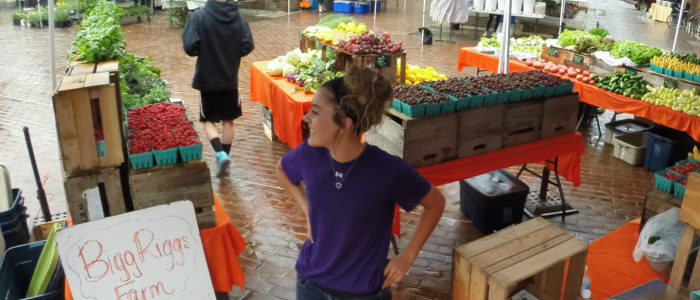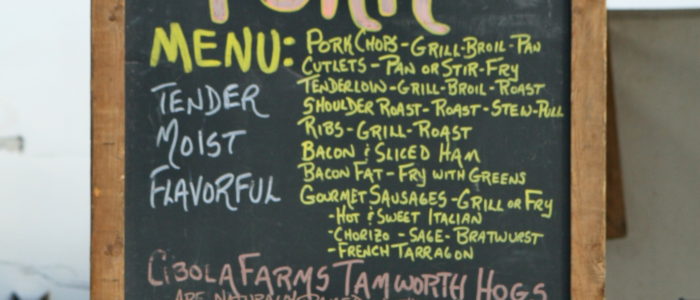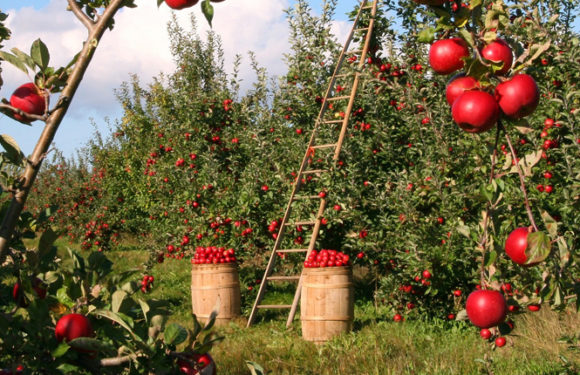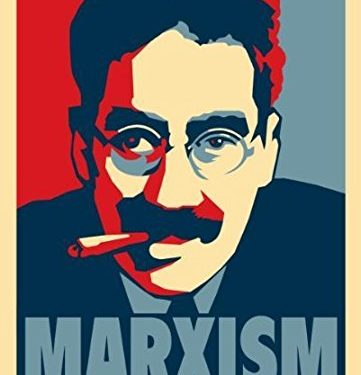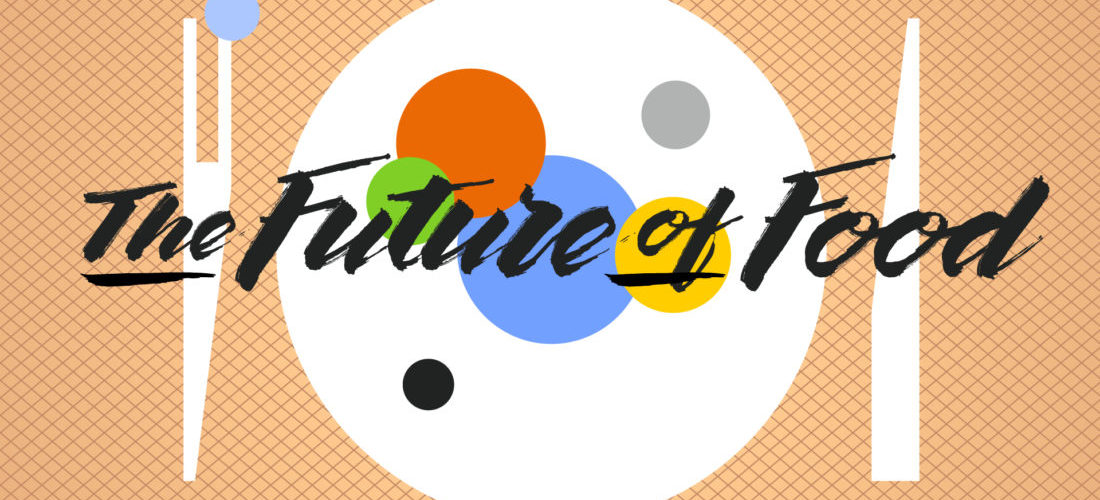
Welcome to a new feature, The Future of Food. Every month we will take a look at new techniques, breakthroughs, and approaches that can potentially increase sales and traffic to your restaurant. Benefits and thoughtful investigation of strategies and trends will be examined for your evaluation. With the pace of advances in food service coming ever quicker, it pays to have a leg up when it comes to innovation!
Simultaneously published at Restaurant Insider!
How often do we take for granted staples of the American diet? The alluring trio of pizza, hot dogs, and hamburgers? What if I told you one of these icons of Americana is being replaced by meat grown in a lab? Of course you might have heard the news by now: We are on the brink of sparing billions of cows’ lives by growing real cow meat in a petri dish or vat.
Exactly how this came to be, who stands to gain, what it means for your restaurant, supplier, or purveyor, might not be all that clear. Let’s take a deep dive into in-vitro meat (IVM), meat grown in a live culture in a lab, that both the USDA and FDA recognize as the same as natural meat.
What is it and how is it made?
The process itself is simple and almost reads like a recipe:
- Extract a few stem cells from a cow (a common technique is “peripheral stem cell harvesting” where a drug is injected to the donor that forces stem cells to exit the bone marrow for harvesting)
- Separate fat from muscle cells (retaining only muscle cells)
- Grow them in a nourishing serum, and voilà — billions of cells unite into a single strand of genuine cow meat.
The strips of muscle fibers are minced together with synthetic fat cells into an edible product. One muscle cell has the potential to turn into one trillion muscle strands (potentially 333,333 hamburgers). The challenge is to turn 3,000 pieces of muscle and a couple of hundred pieces of fat tissue into a regular patty-sized hamburger.

But it can be done. The first IVM hamburger, prepared by a prominent British chef and valued at more than $300,000, was eaten in London in 2013 as an audience of 200 journalists and academics looked on.
Can lab-cultured meat feed the world?
According to a study by Oxford University and the University of Amsterdam, cultured meat would produce 96 percent less greenhouse gas, consume 82 to 96 percent less water, and virtually eliminate land requirements needed to raise livestock. (Of course, many farmers might lose their livelihoods.) And because growing IVM meat is more humane than killing cows, groups like People for the Ethical Treatment of Animals (PETA) are wildly enthusiastic about this new technology.
Driving rapid development of IVM are predictions of increased demand for meat (from a population expected to reach 9.6 billion by 2050) and the consequent domino effects of harmful environmental impacts of industrial food production. Supporters of “clean meat” include Richard Branson and Bill Gates; companies betting it will be a huge success include Cargill and Tyson. The rush to the marketplace is on. Expect IVM in your supermarket by 2020.
But hold on, not so fast!
What exactly are we getting ourselves into? For one thing, how does the damn thing taste? Are there any health risks? Is the process really as safe as it is claimed? What is public acceptance? Is it really necessary?
Not Quite There Yet
Lab-grown hamburgers don’t look like normal hamburgers. They don’t taste like them, either. At least, not yet. For one thing, they are much more pale and bland. The texture isn’t quite right. According to public perception studies, IVM is considered “inferior” by consumers compared to conventional meat or vegetarian diets. For another thing, some consumers gave negative reactions of “creepy” and “unnatural,” perceiving IVM as a dystopian Science Fiction threat, à la Soylent Green; still others gave a reflexive rejection, or “yuck factor” reaction.
A recent survey revealed Americans were 22 percent more likely than Brits to try it — 40 percent of the American participants voted in favor of cultured meat by saying that they would eat IVM.

In order for IVM to be commercially viable — especially since beef is a well-known and esteemed commodity — it must match the appearance, taste, smell, and texture of conventionally-produced meat. Chefs will also have to adapt to the fact that the fat and bones they have come to expect are not present in IVM.
The good news for IVM manufacturers is that the production cost of a single hamburger has dropped dramatically, from $345,250 in 2013 to approximately $11 per burger today.
Are there health risks?
The FDA has yet to complete clinical trials. The technology itself was only successfully demonstrated in 2013, which, from a long-term testing perspective, isn’t very long at all.
According to policy makers and supporters of IVM, meat is meat, whether it’s grown in-vitro (outside the animal) or in-vivo (inside the animal).
According to Rebecca Cross, counsel at policy-advising law firm of Davis Wright Tremaine, “These products [IVM] can be regulated under the existing regulatory and statutory scheme…clean meat is food, it’s a whole food, it’s not a drug, a new animal drug, an additive, a supplement or anything else, and the way regulators regulate whole foods is through post-market mechanisms. They don’t actually require any pre-market approval process.”
Therefore, no new regulations have been deemed necessary because it’s considered as safe to eat as conventional meat. It’s not GMO (genetically modified) because it’s from a tissue culture, not an organism, and nothing is altered or inserted. At the same time, it’s not vegan or vegetarian because it’s made from cow stem cells.
One concern is that because the meat is paler and blander, untested or GMO additives may need to be included in order to make it recognizable and acceptable to the discerning public. The goal is to grow meat and manipulate its composition selectively. For example, cultured meat can replace heart-threatening omega-6 fatty acids with healthy omega-3 fatty acids or otherwise fine-tune the meat’s nutrient profile in beneficial ways.
The ignorance of complex biological interactions — for example, possible disruption to the gut biome, or allergies to additives — while tinkering with formulas to control health risk factors (such as saturated fat and dietary cholesterol) is ripe for unintended consequences. This danger needs to be assessed and transparently reported to the public.

The Dirty Little Secret
Earlier I mentioned whipping up a batch of cow meat is as easy as 1-2-3. Item #3 mentions “Grow them in a nourishing serum,” which sounds harmless, but many concerns stemabout IVM relate to how that serum is procured. Cultured meat is grown in Fetal Bovine Serum (FBS), objectionable to experts and consumers alike not only for the “yuck factor,” but because it involves killing calves.
Growing cow stem cells in a nutritious serum is also like a recipe, but a decidedly ghastlier one:
- Isolate a pregnant cow due for slaughter.
- Slaughter and bleed the cow.
- Remove the fetus from its mother and bring to a blood collection room.
- Insert a needle into its heart while it is still alive to ensure blood quality.
- Drain its blood until the fetus dies, which usually takes about five minutes.
- Refine the blood into FBS.
Disgusting, right? But that’s the way cells are grown in a lab. Estimates put the percentage of slaughtered dairy cows found to be pregnant between 17 and 31 percent.
What does this mean for your restaurant?
As a highly processed, “unnatural” foodstuff, lab-grown meat is a step in the wrong direction for Slow Food advocates and others who believe the problems in our food system stem from the distance between food production and the consumer. Consumers might also be reluctant to switch from normal meat.
One concern for restaurateurs is whether this technology would obliterate animal origin information in a time when consumers are looking to appreciate where their food comes from. A petri dish or a vat is not acceptable terroir for foodies and flavor-conscious consumers. However, it should be noted, it would be possible to create quality lines associated with especially desirable animals. Restaurants could also offer exotic meats — rare and extinct, for example — because the cultivation process can be applied to any protein.
Another concern is about the nutritional content of IVM. Scientists and manufacturers will apply industrial equivalents to match IVM’s missing nutrients to animal meat, which is comprised of high quality protein, highly bioavailable iron and zinc, omega-3 fatty acids, vitamin B12 and all the B vitamins, except folic acid. It is also a major source of minerals including potassium, phosphorus, magnesium and calcium.

On the positive side, cultured meat could easily be done on a smaller scale, akin to microbreweries, where one arguably has even better control over meat production. Not only that, but with technological advances, IVM will potentially be cheaper to produce than regular meat.
Yes, but is it kosher? Religious reactions vary: Jewish authorities disagree as to whether IVM is kosher; some Muslim scholars says it’s OK if the original cells and growth medium were halal.
What Do the Experts Say?
There is a wide gap between proponents and opponents of IVM. Here’s what some of them have to say:
- Dan Barber, James Beard Award-winning chef and owner of Blue Hill and Blue Hill at Stone Barns: “The real question is would I even serve lab-grown meat at all? I don’t see the appeal…it ignores the correspondence between gastronomy and agriculture, and that correspondence is the ticket to a better, healthier, and more sustainable future. … I am more on the end of changing the culture of the desire for meat instead of creating crazy solutions to replace meat.”
- Professor Julian Savulescu, University of Oxford professor of practical ethics: “We have a moral obligation to support this kind of research. … This may be a watershed moment for animal welfare – if artificial meat manages to catch on and take over a large portion of the market. … The artificial meat must be safe, cheap and tasty. … Part of human development is to improve upon the natural state of the world, and artificial meat is just another such development. It is not only inevitable but should be encouraged and welcomed with open arms. … Combine artificial meat production with controls on farming to ensure animals that are brought into existence for farming purposes only have happy, worthwhile lives and are slaughtered in humane ways.”
- Isa Chandra Moskowitz, chef at Modern Love, and cookbook author: “I think it would be great if we could use it for pet food. … Personally, I’m not interested in eating it. I’ll stick to lentils!”
- Ingrid Newkirk, president of PETA: “We don’t believe that animals belong to human beings, and biologically, humans are not suited to eating other animals anyway. … It’s all going in the right direction.”
- Nick Solares, host of The Meat Show: “To be frank, I really don’t get the point of lab-grown meat. … I don’t think it is necessary. I think the solution to all the problems surrounding mass-produced meat is to eat meat differently.”
- Anthony Bourdain starred in a video titled “Anthony Bourdain’s Big Problem with Artificial Meat.” Need we say more?
“According to a study by @UniofOxford and the @UVA_Amsterdamn, cultured meat would produce 96 percent less greenhouse gas, consume 82 to 96 percent less water, and virtually eliminate land requirements needed to raise livestock.” — Darryl Benjamin
Who Are the Players?
While it’s true that there is a rush to cash in on cannabis legalization called the Green Rush, there is a parallel Cultured Meat Rush to the marketplace:
- PayPal co-founder Peter Thiel has backed Modern Meadow, which creates food from tissue engineering.
- Hampton Creek is the only company attempting to make meat without fetal bovine serum.
- SuperMeat is an Israeli startup that launched an Indiegogo campaign in 2016 to create cultured chicken meat.
- Memphis Meats is a United States startup that made a prototype of a cultured meatball in 2016.
- MosaMeats is a Dutch startup that is an outgrowth of Mark Post’s cultured burger, which was tasted in London in 2013.
- Shojinmeat Project is a Japanese biohacker community developing cultured meat.
- Bistro in Vitro is a fictitious restaurant with a menu of IVM dishes that may one day end up on your plate. “We prepare exclusive cuts of meat, cultured and prepared with surprising flavors and textures that you would never encounter in the wild. By exploring and pushing the boundaries of our food culture we want to do away with the idea that cultured meat is an inferior meat substitute. That is why we serve you a digital selection of sustainable, animal-friendly, exciting and delicious dishes that will prompt thought and discussion on in vitro meat.”
Regardless of your gut reaction or reasoned analysis, lab-cultured meat is coming. It is fast-tracked for public consumption in fewer than three years. Big Ag and food manufacturers are investing heavily. Public acceptance is divided. It appears that restaurateurs are mainly opposed to it, favoring rethinking how we consume and process meat, while scientists and academics think it’s a necessary solution to feed an increasing population and reduce environmental stressors.

